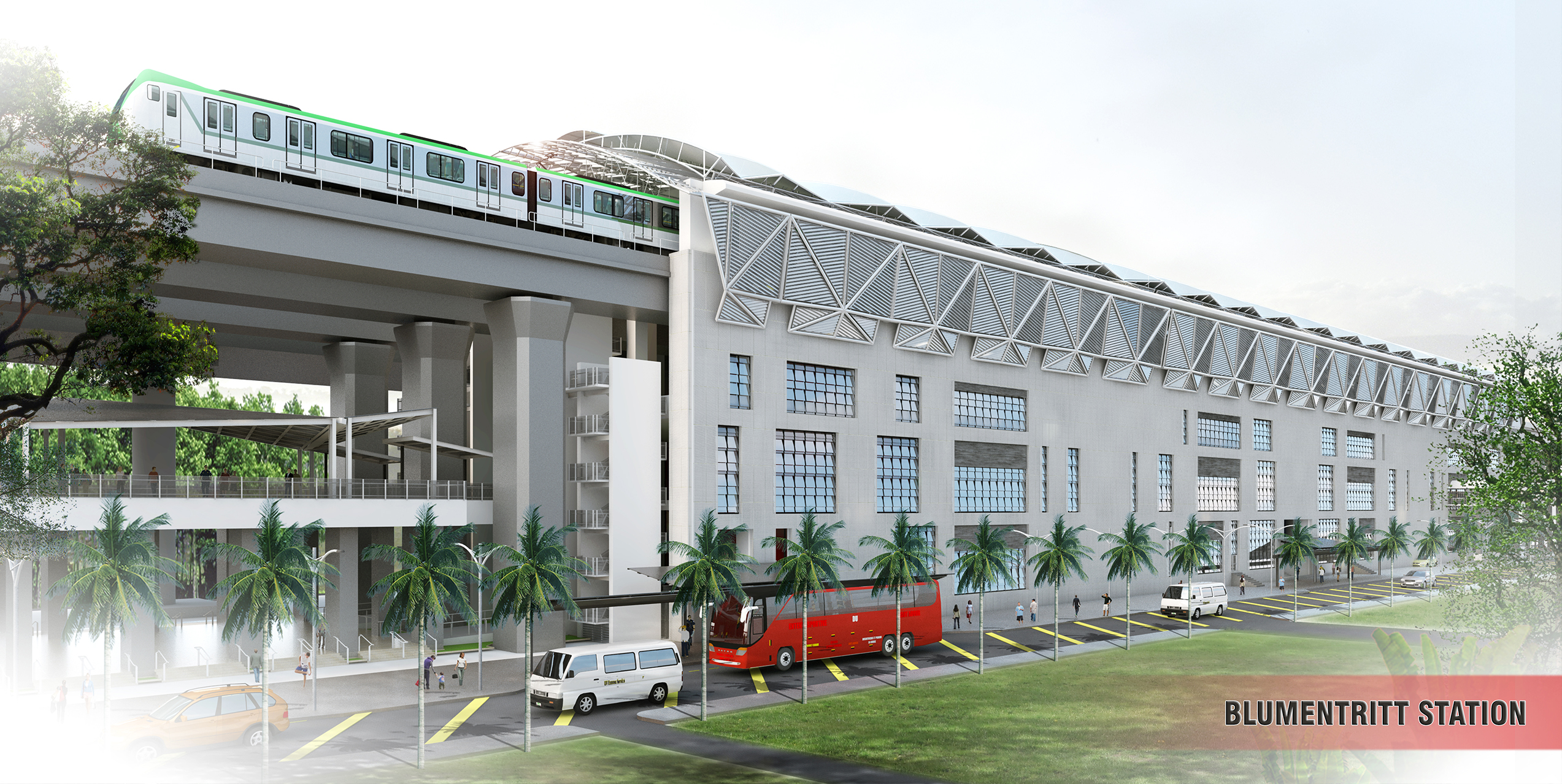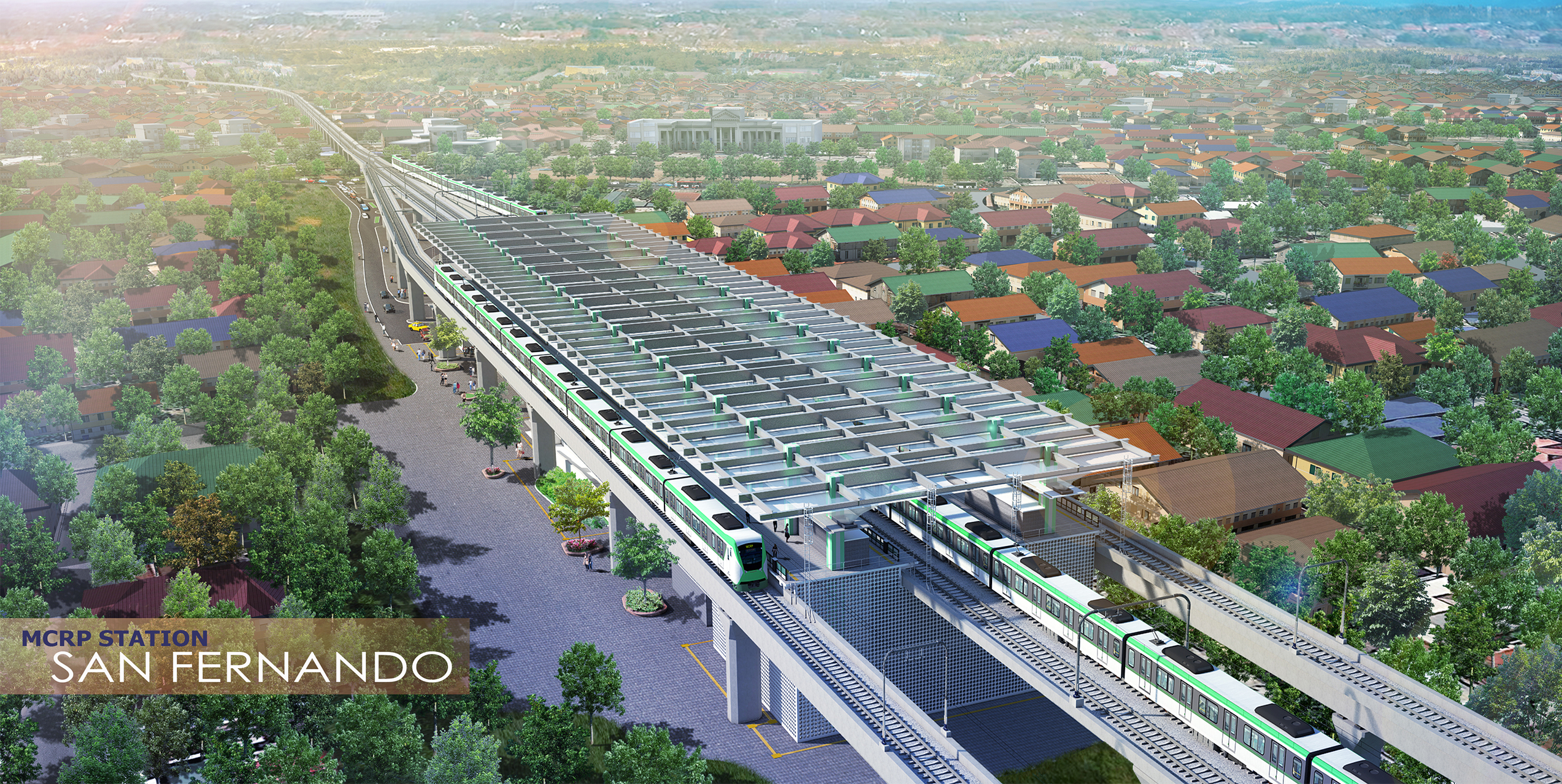
6
new MCRP Stations and substations
19
new NSRP Stations and substations
52
km
MCRP railway viaduct
55
km
NSRP railway viaduct


Ready
to
connect?
Talk to one of our specialists about the North South Commuter Railway Phase 2 project.





